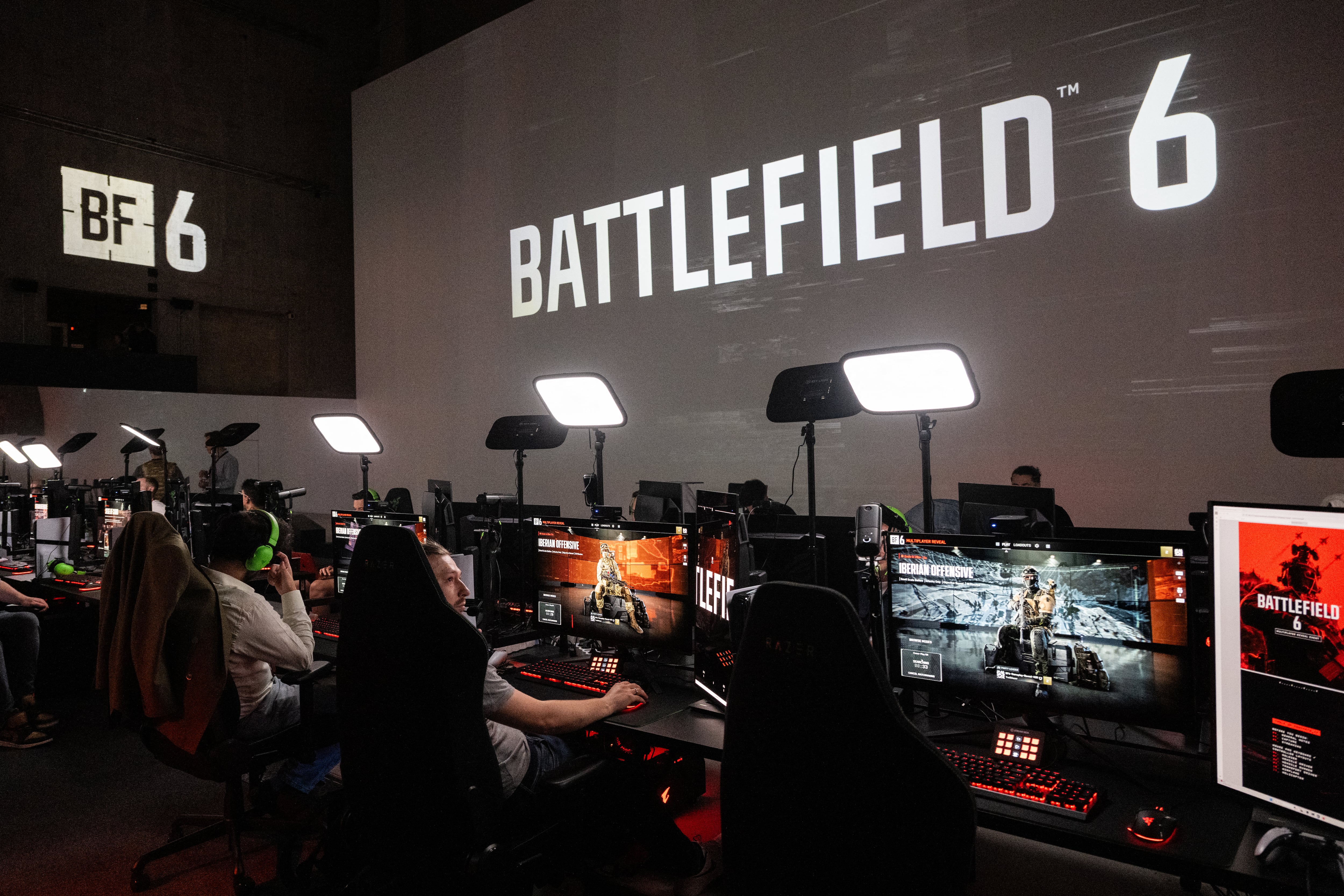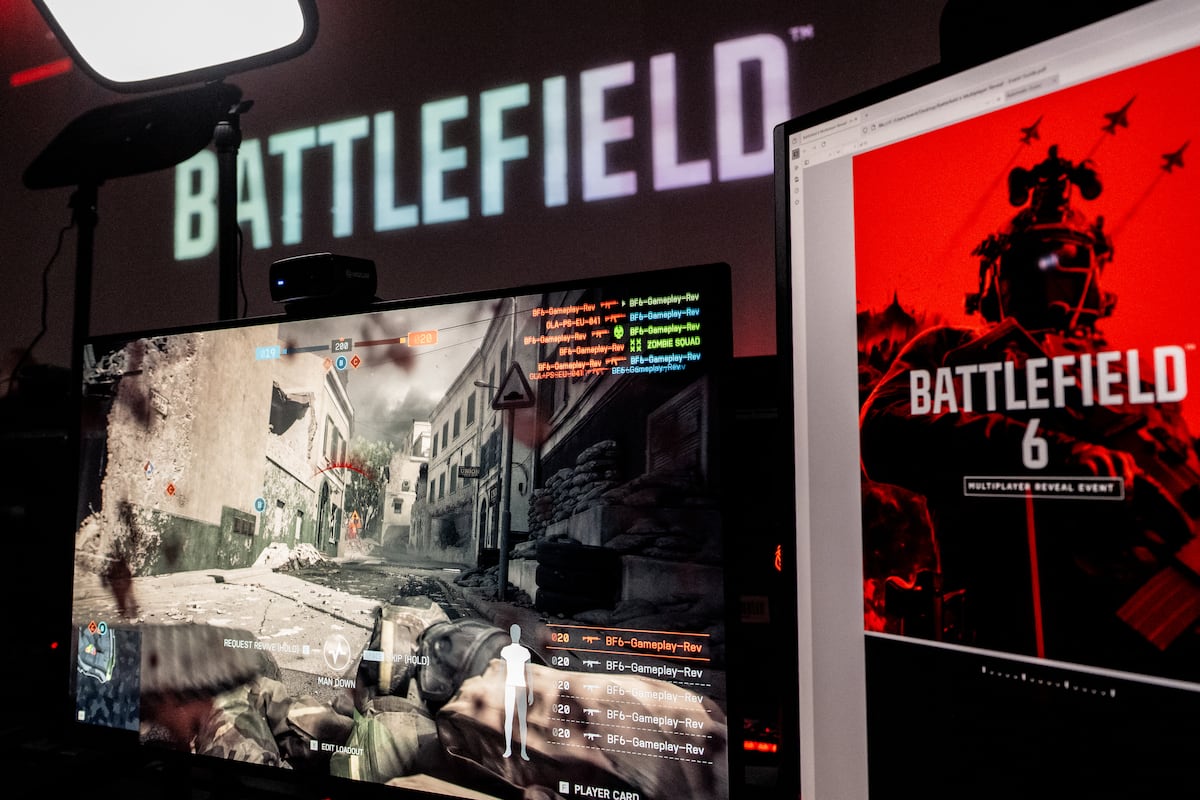For troops and veterans, the Battlefield video game franchise has always been more than a shooter. Rather, it’s a test of tactics, communication and chaos management.
After the rocky reception of Battlefield 2042, developer DICE needed a strong comeback. Battlefield 6, which launched Friday, mostly delivers. It restores structure, returns to its roots and brings back the kind of team-based warfare that feels grounded in the way service members actually fight.
It is not perfect, but it is the best the series has been in a decade.
Squad tactics return to the front line
The biggest win for Battlefield 6 is its renewed focus on teamwork. The game brings back the classic four roles — assault, support, engineer and recon —each with specific gear and advantages that make squads function like a real unit.
Success depends on communication, positioning and knowing your job. That design choice will feel familiar to anyone who has operated in a fire team.
The result is the kind of chaos that makes the series great. Tanks roll in as smoke grenades fill the air, and engineers scramble to repair armor while medics drag downed players to safety. It feels coordinated, not cartoonish.
GamesRadar praised the structure as “refined rather than revolutionary,” a sign that DICE finally remembered what made Battlefield 3 and 4 so beloved in the first place.
RELATED
Weapons also feel improved. Each gun has a distinct recoil and sound, and long bursts will pull your aim off target fast. Firefights feel earned, not automatic. It is not hyper-realistic, but it rewards those who understand discipline under pressure.
Still, balance issues linger. Some weapons hit harder than others. Certain maps favor armor over infantry. And like most live-service games, the opening month includes frustrating bugs and visibility problems that DICE will likely patch over time.
Campaign keeps its head down
If multiplayer is where Battlefield 6 finds its identity again, the single-player campaign is where it still struggles. Players follow an international task force fighting against a private military corporation, Pax Armata, in a near-future conflict that feels ripped from the headlines.
The story works, but only just.
The writing is flat, the characters are forgettable, and the missions rarely deliver the emotional impact of past entries. There are flashes of brilliance —an ambush sequence through a burning city, or a stealth infiltration under heavy fog — but they fade quickly. IGN described it as “competent but unremarkable,” which feels accurate.
To its credit, the campaign avoids the over-the-top spectacle of 2042. It is grounded, tactical and, at times, even thoughtful. But it will not hold your attention for long once multiplayer calls you back.
Performance and realism trade-offs
Technically, Battlefield 6 performs far better than its predecessor. By dropping support for PlayStation 4 and Xbox One, DICE was able to improve destruction physics and environmental detail. Maps feel larger and more responsive, though the full-scale destructibility that fans remember from Bad Company 2 still has not returned.
TechRadar noted that the game does not include ray tracing in order to maintain stability across systems, and while that choice sacrifices some visual polish, the result is a smoother experience across consoles and PC. The trade-off works in the game’s favor.

From a realism standpoint, the firefights often capture the rhythm of real combat.
The suppression effects, smoke screens and constant need for repositioning mimic the stress of maintaining situational awareness. For those who have operated in combat zones, there are moments here that feel eerily familiar.
Built for the battlefield, in spirit and name
More than anything, Battlefield 6 succeeds because it re-centers the experience of the player on the battlefield. This is not a twitch shooter built on speed and reflexes (ahem, Call of Duty).
It is a game about coordination, discipline and adaptability. That makes it resonate strongly with service members and veterans who see combat as a test of teamwork, rather than luck.
The new maps are well-designed, but inconsistent. Some, like “Straitline” and “Bastion,” capture the best of large-scale warfare. Others feel too cramped or visually cluttered.
Still, even at its messiest, Battlefield 6 feels like the kind of game built for people who understand the organized chaos of real operations.
It also helps that the community is showing signs of revival. Portal mode and dedicated servers have created new spaces for players to recreate classic maps and scenarios. It is not nostalgia for nostalgia’s sake. It is proof that Battlefield can still feel alive when given room to breathe.
Final verdict
Battlefield 6 is not a perfect return, but it is a meaningful one. The campaign is fine but forgettable. The technical choices are smart. The multiplayer is excellent, chaotic and deeply satisfying when played with friends who understand coordination.
For troops and veterans, it is the first Battlefield in years that truly rewards those instincts.
Score: 7.5 out of 10. A solid tactical experience worth enlisting for.
Observation Post is the Military Times one-stop shop for all things off-duty. Stories may reflect author observations.
Read the full article here








